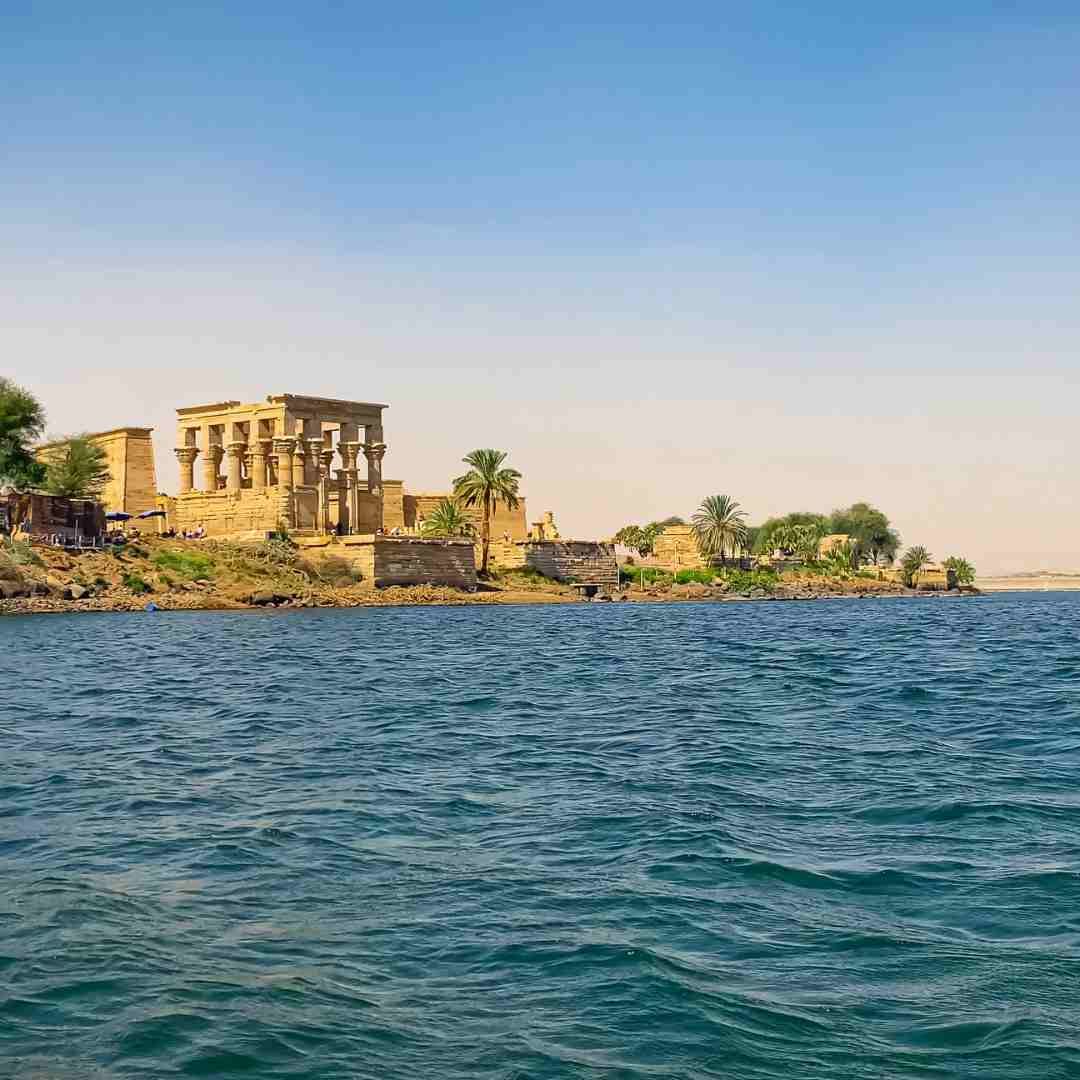 Aswan, a picturesque city in southern Egypt, holds a unique place in the country’s cultural and historical landscape. Known for its tranquil Nile views, ancient monuments, and vibrant Nubian heritage, Aswan is much more than a tourist destination; it’s a living testament to Egypt’s rich history and diverse culture.
Aswan, a picturesque city in southern Egypt, holds a unique place in the country’s cultural and historical landscape. Known for its tranquil Nile views, ancient monuments, and vibrant Nubian heritage, Aswan is much more than a tourist destination; it’s a living testament to Egypt’s rich history and diverse culture.
From its strategic role in ancient trade to its modern engineering marvels like the Aswan High Dam, the city has continuously evolved while preserving its essence. This article explores the many reasons why Aswan is famous, highlighting its historical significance, iconic landmarks, cultural richness, and natural beauty.
Aswan’s Role in Ancient Egypt: Trade, Religion, and Monument Construction
Aswan was a crucial city in ancient Egypt, serving as the southern gateway to the kingdom and a hub for trade with Nubia and other African regions. Located near the first cataract of the Nile, it marked the border between Egypt and Nubia, making it a strategic point for commerce and military control.
The region was renowned for its granite quarries. People used these quarries to provide the materials for constructing some of Egypt’s most iconic monuments, including obelisks, temples, and pyramids. The Unfinished Obelisk, still lying in its original quarry, offers insights into ancient stone-cutting techniques.
Religiously, Aswan was significant as the center of worship for Khnum, the ram-headed god of the Nile and fertility. Temples dedicated to Khnum and other deities highlight the city’s spiritual importance. This combination of trade, resource provision, and religious significance cemented Aswan’s role as a cornerstone of ancient Egyptian civilization.
Iconic Landmarks in Aswan: Philae Temple and the Unfinished Obelisk
Aswan is home to some of Egypt’s most captivating landmarks, each telling a story of the city’s illustrious past. The Philae Temple, dedicated to the goddess Isis, is a masterpiece of ancient architecture. Located on Agilkia Island, the temple was meticulously relocated from its original site during the construction of the Aswan High Dam, ensuring its preservation. Visitors are enchanted by the intricate carvings, towering columns, and serene surroundings of the temple.
The Unfinished Obelisk, found in one of Aswan’s granite quarries, provides a fascinating look into ancient Egyptian construction techniques. Measuring an estimated 42 meters (137 feet) and weighing approximately 1,200 tons, the obelisk would have been the largest ever erected had it been completed. Cracks in the granite halted its construction, leaving behind an archaeological marvel that continues to intrigue historians and tourists alike.
These landmarks are a testament to Aswan’s architectural and engineering ingenuity, drawing visitors from around the world to marvel at their grandeur.
The Importance of the Aswan High Dam: Engineering and Economic Impact
The Aswan High Dam, completed in the 1960s, is one of the city’s most significant modern achievements. This engineering marvel transformed Egypt’s economy by providing a reliable source of hydroelectric power and enabling the control of the Nile’s annual floods.
By creating Lake Nasser, one of the largest artificial lakes in the world, the dam also ensured a steady water supply for agriculture, reducing the risk of droughts and improving food security. However, the project also presented challenges, such as the displacement of Nubian communities and the submersion of historical sites. International efforts rescued many of these submerged sites.
Today, the Aswan High Dam symbolizes Egypt’s modernization and remains a vital resource for the country’s development. Visitors to the dam can learn about its construction, its impact, and the innovative measures taken to preserve the region’s cultural heritage.
Cultural Heritage in Aswan: Nubian Traditions and Local Markets
Aswan is a vibrant cultural hub, home to the Nubian community, whose traditions, music, and art add a unique charm to the city. Brightly colored houses and warm hospitality characterize the Nubian villages located along the Nile. Visitors can explore these villages to experience traditional Nubian cuisine, crafts, and storytelling.
The city’s markets, particularly the Aswan Souq, are a bustling display of local life. Here, visitors can shop for spices, handmade jewelry, textiles, and other authentic souvenirs. The market’s lively atmosphere and the chance to interact with local vendors make it a must-visit spot.
Aswan’s cultural events, such as the International Nubian Festival, further showcase its rich heritage, offering travelers an opportunity to immerse themselves in the city’s unique traditions.
The Natural Beauty of Aswan: The Nile River and Surrounding Islands
Aswan’s natural beauty is unparalleled, with the Nile River flowing gently through the city, surrounded by scenic landscapes and islands. A felucca ride on the Nile offers breathtaking views of the desert dunes, lush greenery, and iconic landmarks like the Aga Khan Mausoleum and Elephantine Island.
The Aswan Botanical Garden, located on Kitchener’s Island, is another highlight, featuring a diverse collection of plants from around the world. The garden’s tranquil paths and vibrant flora make it a favorite spot for nature lovers.
The city’s proximity to the Sahara Desert adds to its allure, with camel treks and desert excursions offering adventurous experiences. Whether it’s watching the sunset over the Nile or exploring the islands, Aswan’s natural beauty leaves a lasting impression on every visitor.
Conclusion
Aswan is a city of contrasts, where ancient history meets modern innovation, and cultural richness blends seamlessly with natural beauty. From its pivotal role in ancient Egypt to its iconic landmarks, vibrant Nubian culture, and stunning landscapes, Aswan offers an experience unlike any other.
Whether you’re exploring Philae Temple, marveling at the engineering of the Aswan High Dam, or soaking in the serenity of the Nile, Aswan invites you to discover the heart of Egypt’s heritage. It’s no wonder that this enchanting city continues to captivate travelers from around the world.


